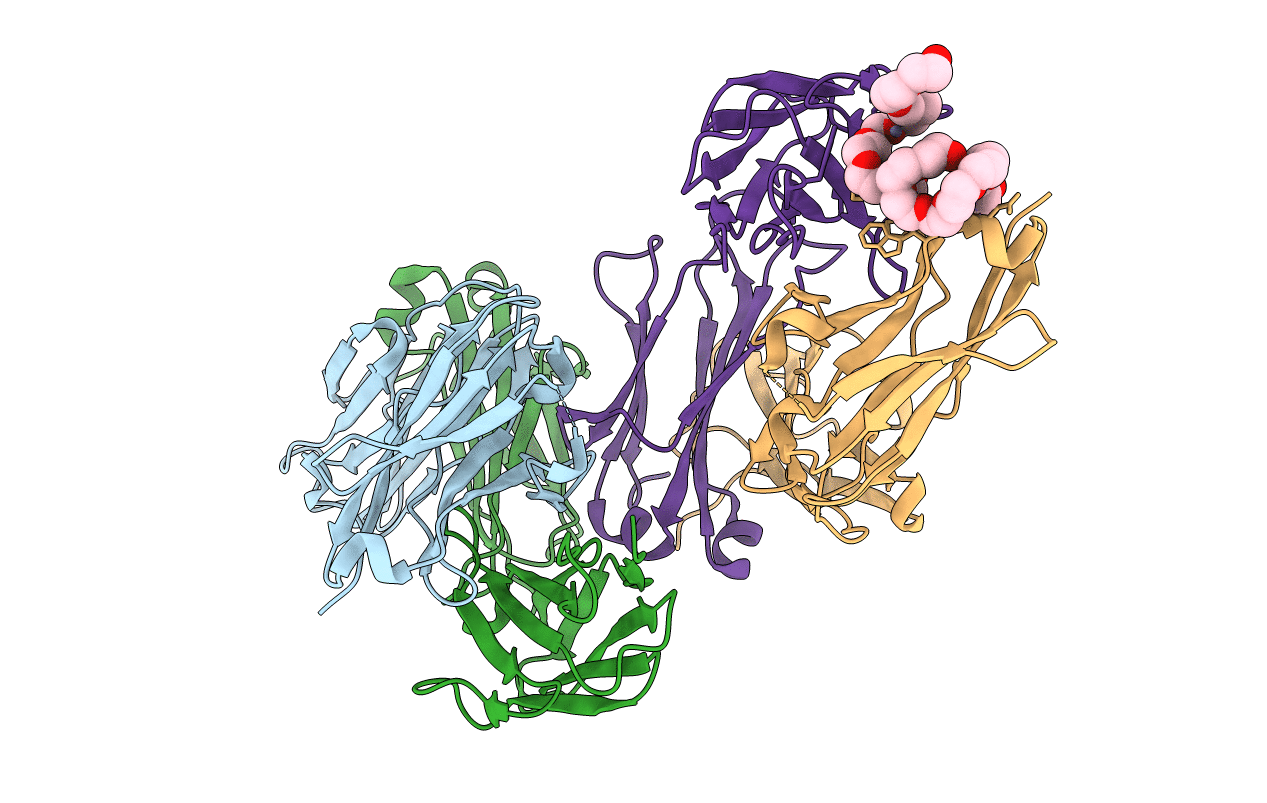
Deposition Date
2014-12-10
Release Date
2015-04-08
Last Version Date
2024-10-09
Entry Detail
PDB ID:
4X8J
Keywords:
Title:
Crystal Structure of murine 12F4 Fab monoclonal antibody against ADAMTS5
Biological Source:
Source Organism:
Mus musculus (Taxon ID: 10090)
Host Organism:
Method Details:
Experimental Method:
Resolution:
2.35 Å
R-Value Free:
0.23
R-Value Work:
0.21
R-Value Observed:
0.21
Space Group:
P 41 21 2


